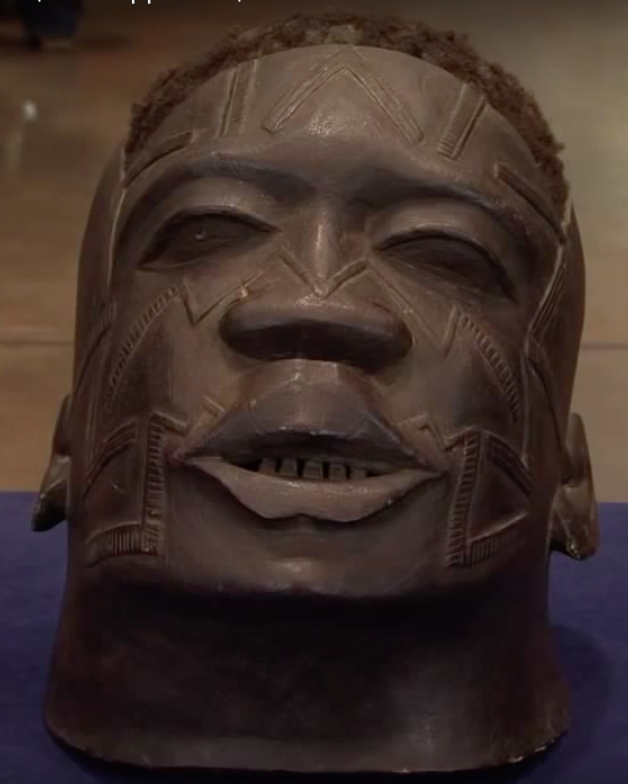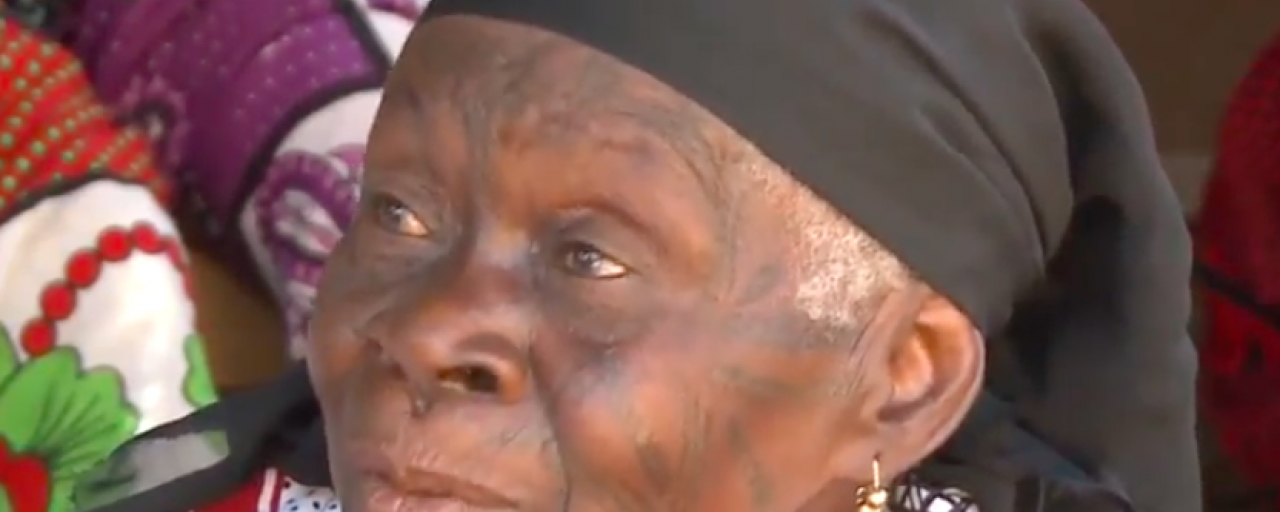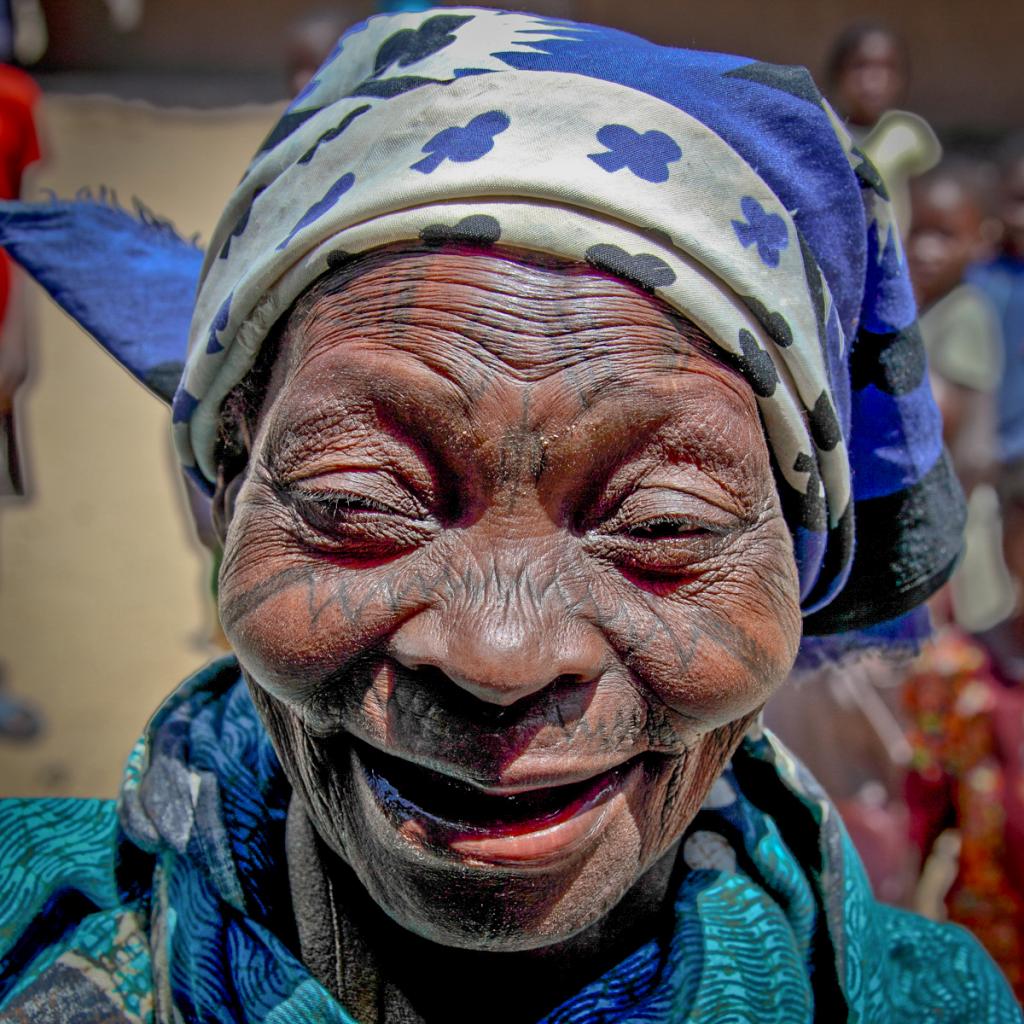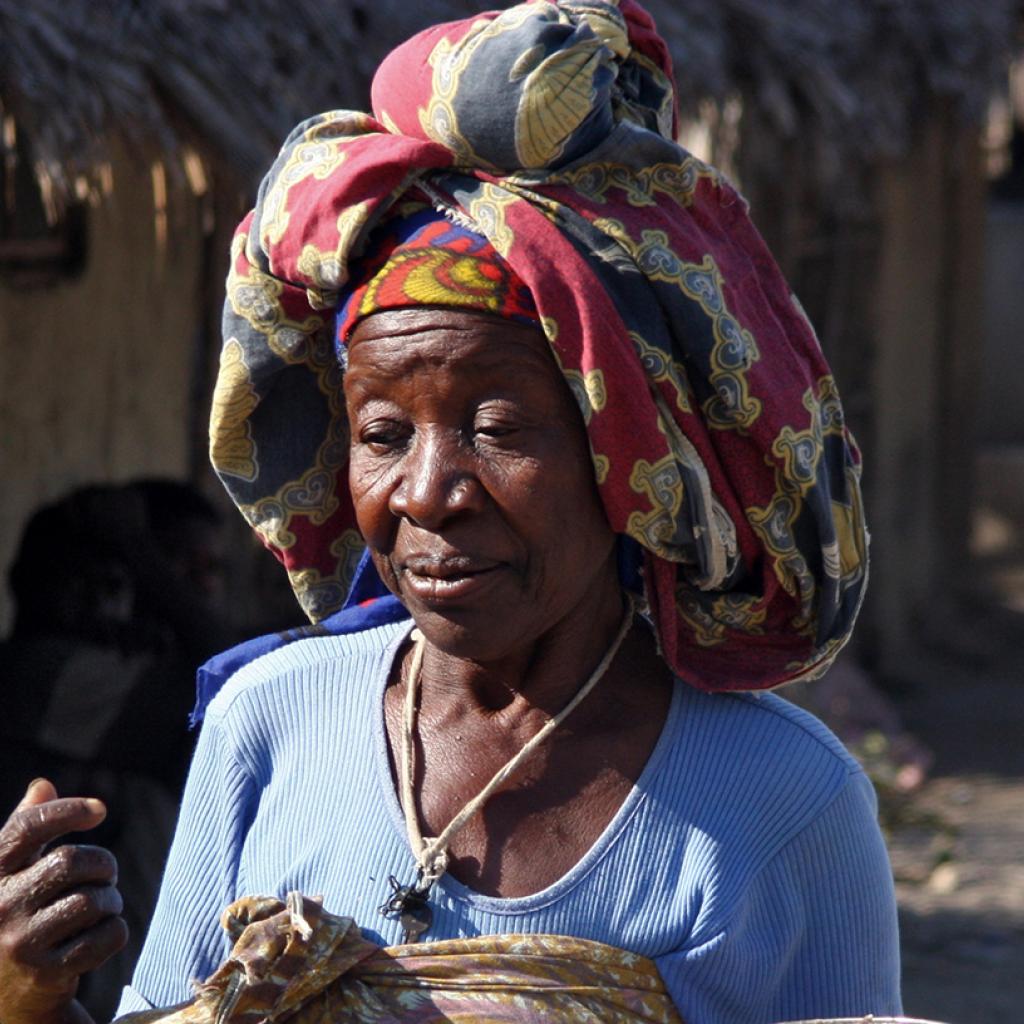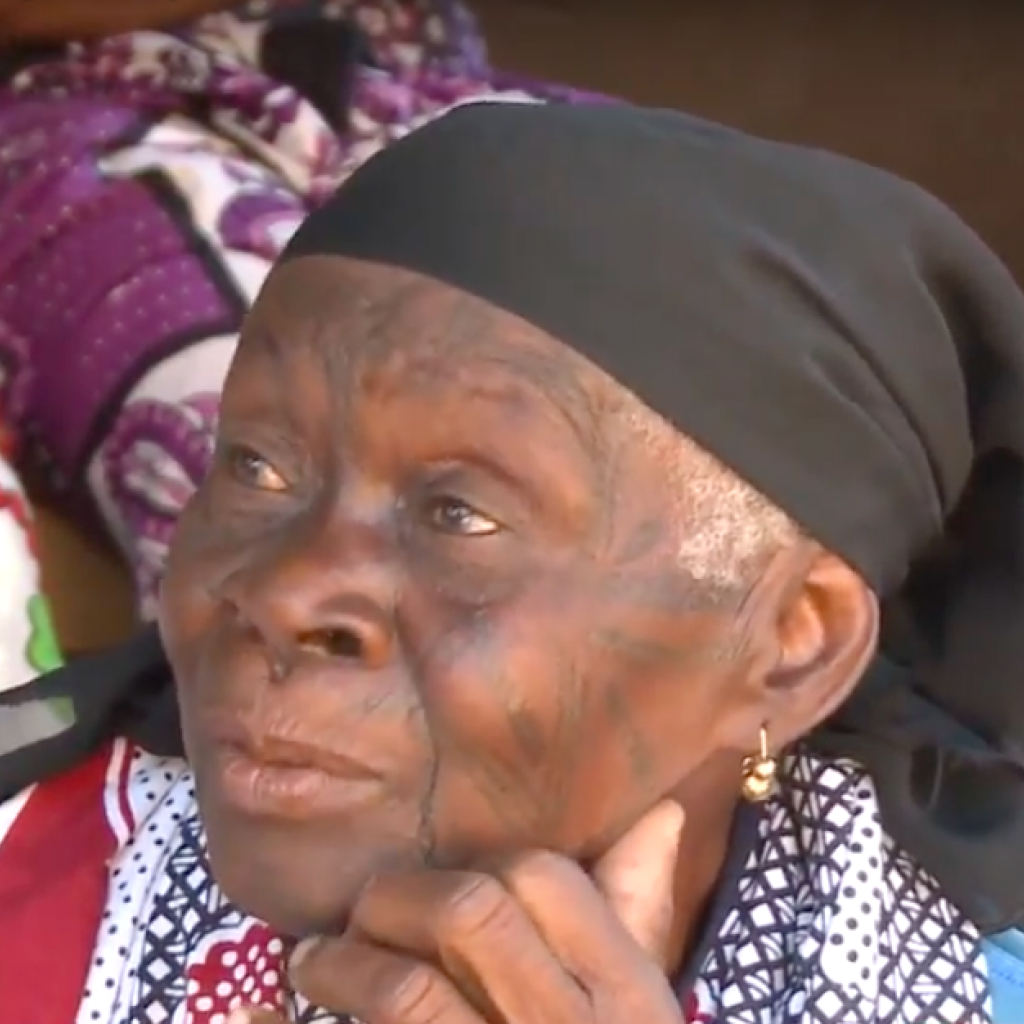The Makonde are a tribe living in Northern Mozambique and on the highlands of South-East Tanzania. They have earned International fame for their elaborate sculptures representing life and love, the good and the evil, and recounting the origins of mankind history.
Makonde visual art is renowned in the whole continent for the original process of carving creative figures. Sculptured items symbolize these people’s traditional culture.
It is a known fact that the Makonde have been carving wood for three centuries, when some Arab traders brought here artifacts of their countries of origin. It seems, however that this art dates back much earlier in time.
While the subjects have changed, the sculpting technique has remained the same throughout the centuries: the elaborate statues are obtained from one piece of wood which is carved and engraved to create works of art.
The wood traditionally used for shaping the sculptures comes from a tree known as “African blackwood” or Dalbergia Melanoxylon, mpingo in Kiswahili. This particular wood essence features a dark-coloured bark underneath where there is a thin layer of soft and white wood, with an innermost other layer with a colour ranging from vivid red to black, depending on the soil and the age of the tree.
Makonde sculptors carve characters recounting stories and they outline their facial expressions and features accordingly. When representing their people, they create harmonic sculptures with fine features, while their enemies are represented with distorted and ridiculous features and a grotesque look.
Traditional Makonde statues portray women, as they represent the birth and the survival of the Makonde. Their breasts and stomachs are highlighted, especially the typical scarifications on forehead, cheeks, and over the mouth. Lizards are engraved on the sides of the stomach, since these animals are thought to increase fertility in women.
The Ujamaa style has its origin in this kind of carving. It represents a Makonde family tree, featuring streams of people engaged in daily activities. A female figure always stands at the top.
Mapiko masks are equally famous. They are sculpted to embody ancestral spirits during men’s initiation ceremonies. These masks are usually kept in a little temple located in a place secluded from the rest of the village.
A mask is worn by a dancer to hide his identity. It embodies the ancestral spirit of a deceased person, called “Lihoka”.
It is thought that these masks can re-establish equality between men and women by turning a man into a supernatural being to scare off women. As a matter of fact, women play a fundamental role in the Makonde society and have more power than men.
Another frequent subject in masks is the head of a woman representing the progenitor. It is worshiped and summoned for protection through journeys, hardships, maternity and death.
Sculptures are also used with the aim to educate: daily life scenes are carved to teach children about the village daily life.
Today, sculptures still keep traditional elements of human history in a tribal context, though many carvers are inevitably influenced by the Western demand in their products.
Life, tradition and culture of Makonde people
- Makonde tattoos and body modifications
- Makonde history and migration
- Rituals, beliefs and sculptures in Makonde culture
- Makonde carving
